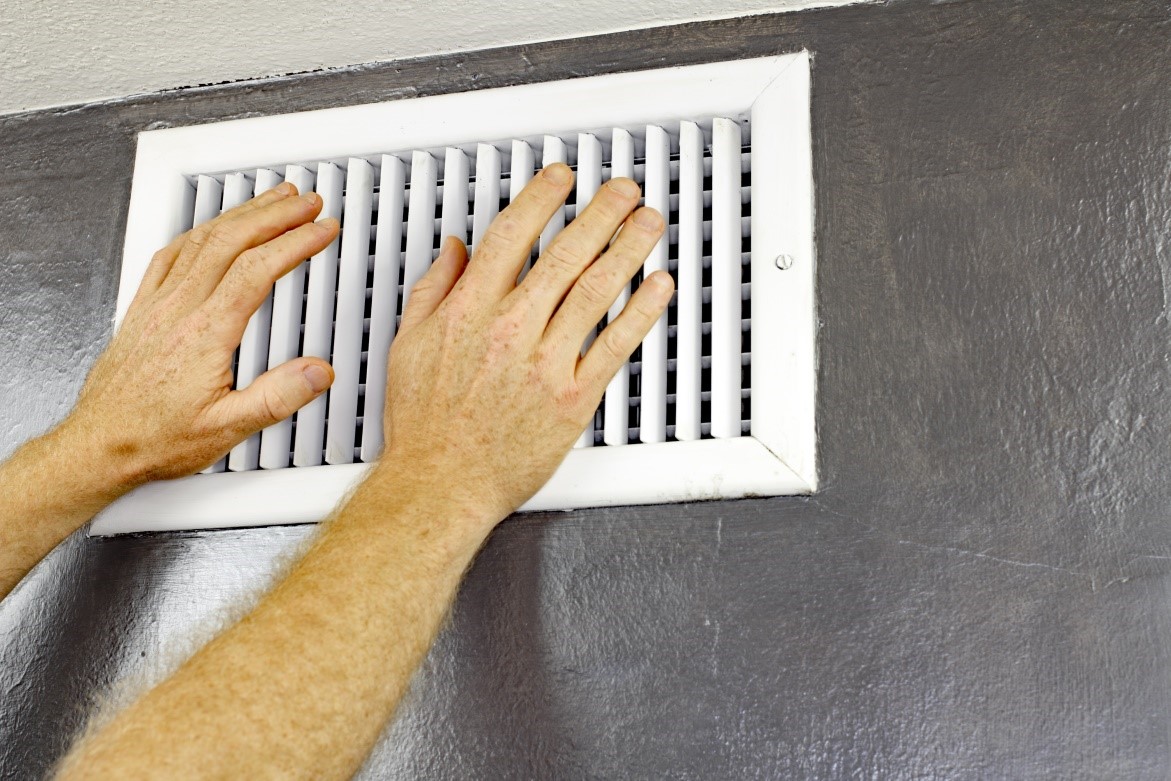Lifestyle
How to repair broken AC vent: Easy tutorial

A broken AC vent can disrupt airflow, reduce cooling efficiency, and compromise the comfort of your home or vehicle. Learning how to repair a broken AC vent is a practical skill that can save you time and money and can also improve your lifestyle.
This guide outlines the common issues with AC vents and provides straightforward steps to repair them effectively.
Common issues with AC vents
AC vents can experience a variety of problems, from physical damage to functional issues.
Understanding these problems is the first step toward an effective repair.
1. Broken louvers
Louvers, the adjustable slats in AC vents, can break or become stuck, limiting airflow direction.
2. Detached vent cover
The vent cover may become loose or fall off due to worn-out screws or clips.
3. Cracks and breaks
Cracked or broken vent panels can lead to inefficiency and aesthetic issues.
4. Obstructions
Dirt, debris, or foreign objects can block the vent, reducing airflow.
5. Warped or bent vent components
Prolonged exposure to heat or pressure can warp the vent’s components, affecting its performance.
Tools and materials needed
Gather the necessary tools and materials before starting the repair to ensure a smooth process.
- Screwdrivers (flathead and Phillips)
- Replacement louvers or vent covers (if needed)
- Adhesive or epoxy for minor cracks
- Utility knife
- Cleaning brush or vacuum
- Sandpaper (fine grit)
- Safety gloves
How to repair a broken AC vent
Fixing a broken AC vent involves diagnosing the issue, cleaning the vent, repairing cracks or louvers, and replacing damaged components if needed.
1. Diagnose the problem
Begin by inspecting the vent to determine the nature and extent of the damage. This step helps identify whether the issue requires a simple fix or replacement parts.
- Check if the louvers are functioning or if they’re stuck or broken.
- Examine the vent cover for cracks, warping, or detachment.
- Inspect the vent for obstructions or debris.
2. Clean the vent
Before starting any repairs, clean the vent to remove dirt and debris. A clean vent improves efficiency and makes the repair process easier.
- Use a vacuum or cleaning brush to remove dust and debris from the vent.
- If the vent is removable, wash it with mild soap and water, then dry it thoroughly.
3. Repair broken louvers
If the louvers are broken or misaligned, they can often be repaired or replaced.
- Remove the vent cover using a screwdriver.
- Carefully detach the louvers from the vent frame.
- If the louvers are broken, replace them with new ones compatible with your vent model.
- Reassemble the vent cover and secure it back in place.
4. Fix cracks and breaks
Cracks in the vent cover or frame can be repaired with adhesive or epoxy.
- Clean the cracked area to remove dirt or residue.
- Apply adhesive or epoxy to the crack and press the pieces together firmly.
- Hold the repair in place with clamps or tape until the adhesive cures.
- Sand the repaired area lightly to ensure a smooth finish.
5. Reattach the vent cover
If the vent cover has detached, secure it back in place.
- Inspect the screws or clips holding the cover to ensure they are not damaged.
- Tighten or replace screws as needed.
- Snap the cover back into position, ensuring it fits snugly.
6. Replace damaged components
For vents with extensive damage, replacing components may be more effective than attempting repairs.
- Purchase replacement parts, such as vent covers or frames, that match your AC model.
- Follow the manufacturer’s instructions for installation.
- Test the vent to ensure it functions correctly after replacement.
7. Straighten warped components
Warped or bent vent panels can often be straightened with heat.
- Use a hairdryer or heat gun to gently warm the warped area.
- Apply pressure to reshape the panel while it’s warm.
- Allow the panel to cool and harden in its corrected shape.
Preventing AC vent damage
Taking preventative measures can help extend the lifespan of your AC vents and reduce the need for repairs.
Regular cleaning
Dust and debris can accumulate in vents, causing obstructions and potential damage. Clean vents regularly to maintain airflow and efficiency.
Handle with care
Avoid applying excessive force when adjusting louvers or removing vent covers to prevent breakage.
Avoid blocking vents
Keep furniture or objects away from vents to prevent warping or physical damage from pressure.
Inspect periodically
Check vents periodically for signs of wear, damage, or obstructions to address issues early.
When to call a professional
While many AC vent issues can be resolved with DIY repairs, some situations may require professional assistance.
- Extensive damage or severe warping that impacts functionality.
- Complex ductwork issues beyond the vent cover.
- Persistent airflow problems despite repairs.
Final thoughts
Learning how to repair a broken AC vent ensures your cooling system operates efficiently and keeps your space comfortable. Whether addressing cracked louvers, detached covers, or other common issues, following these repair steps can save time and money.
Regular maintenance and proper care can prevent damage, keeping your AC vents in optimal condition for years to come.
